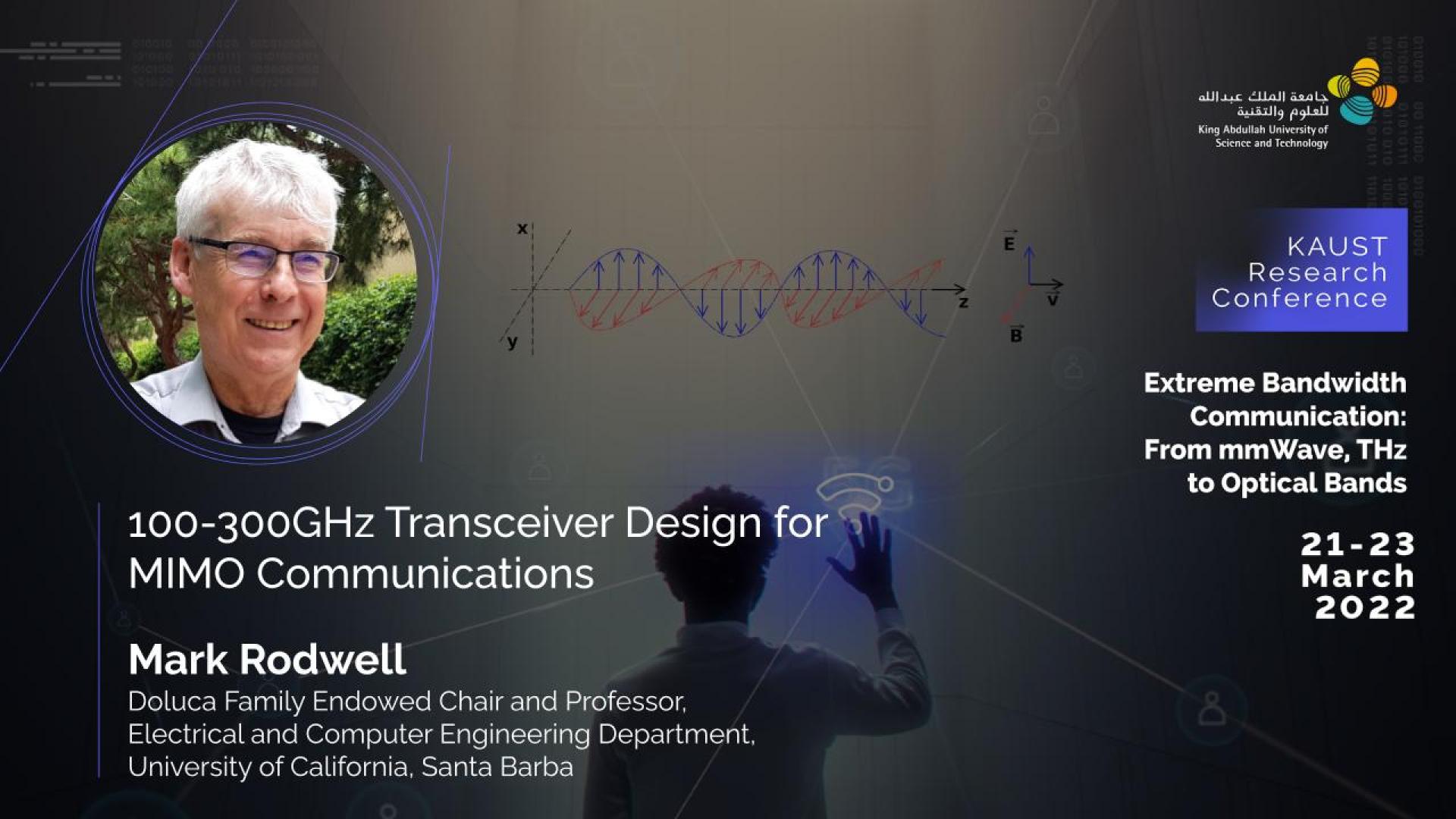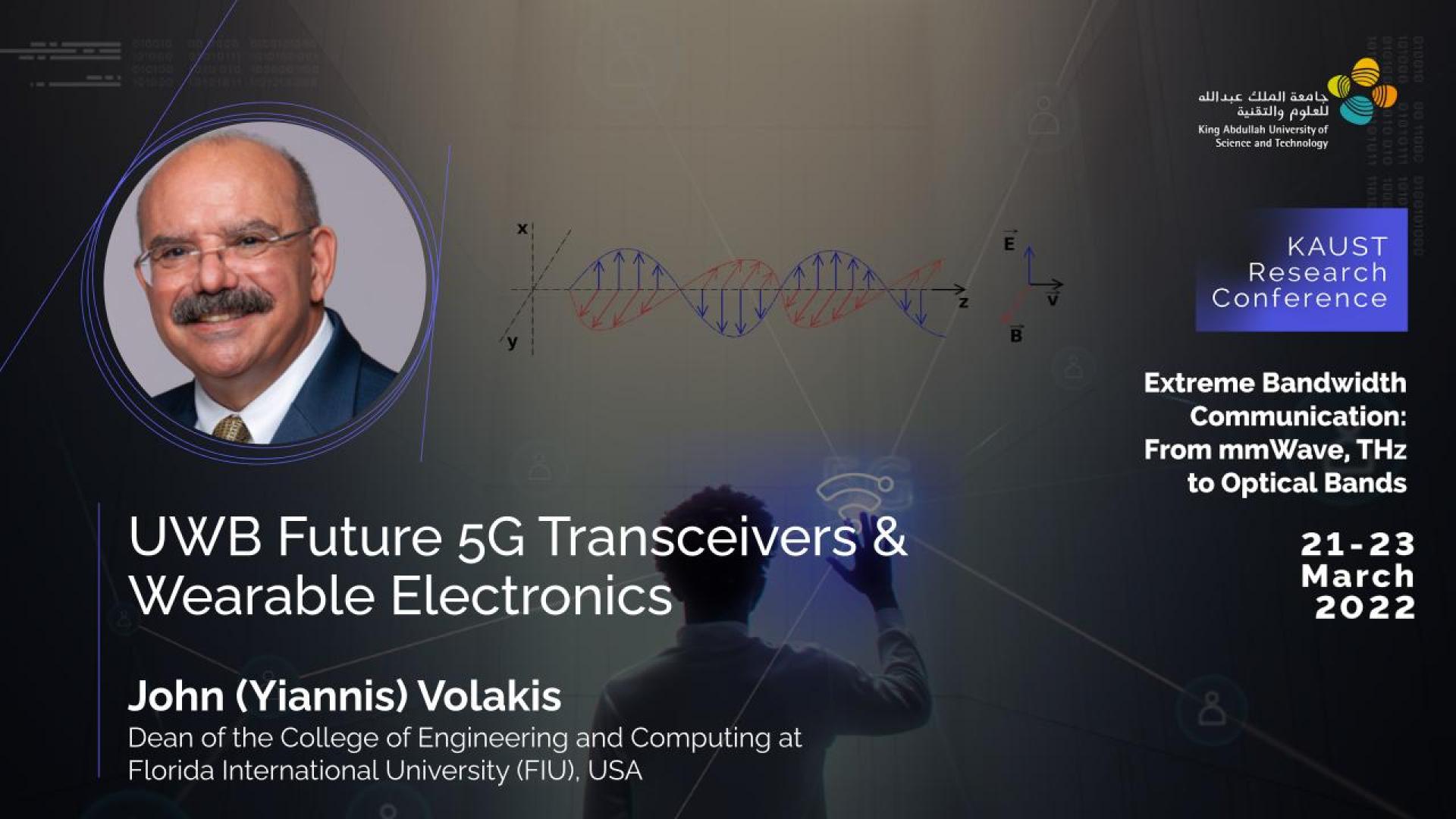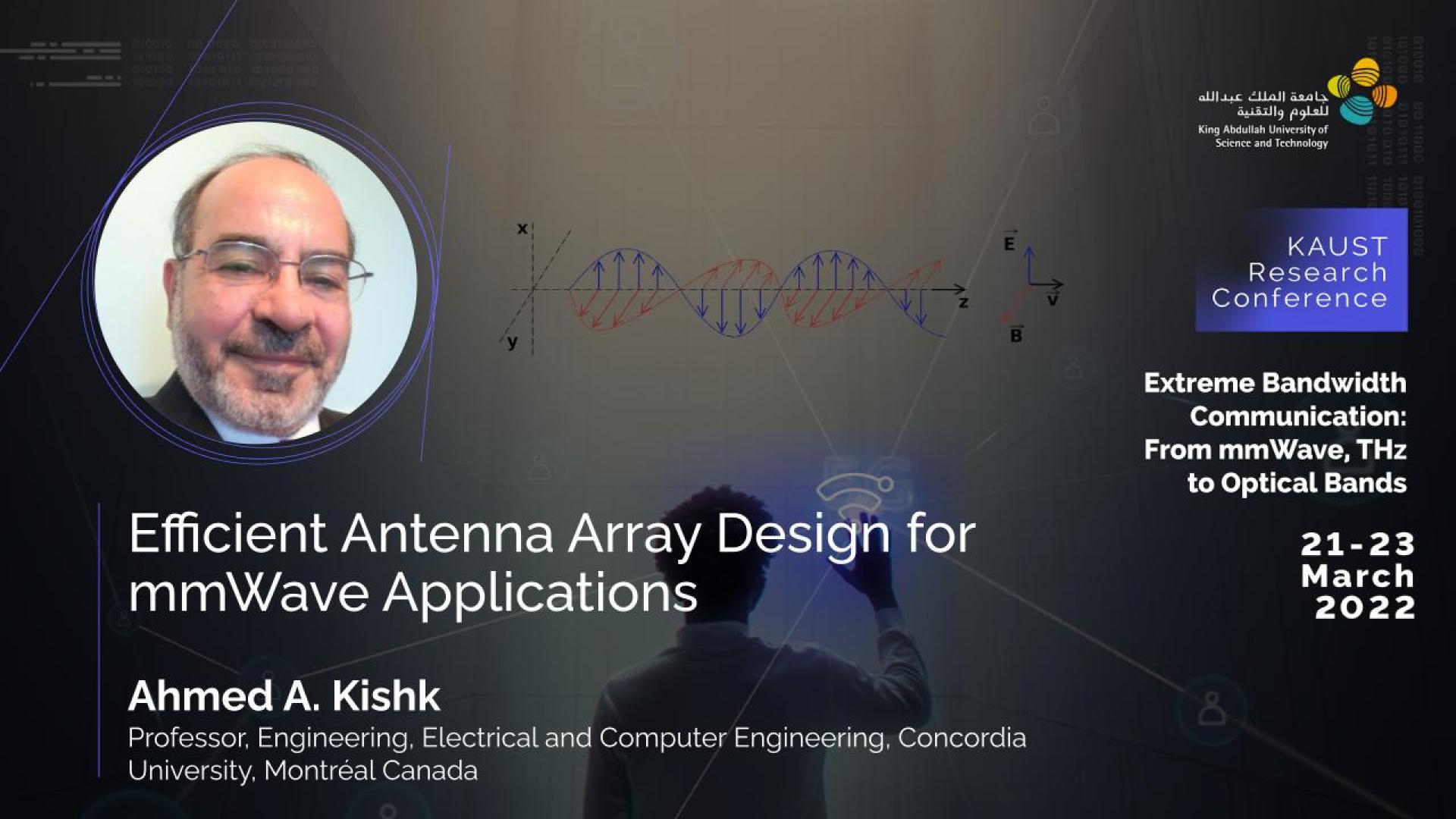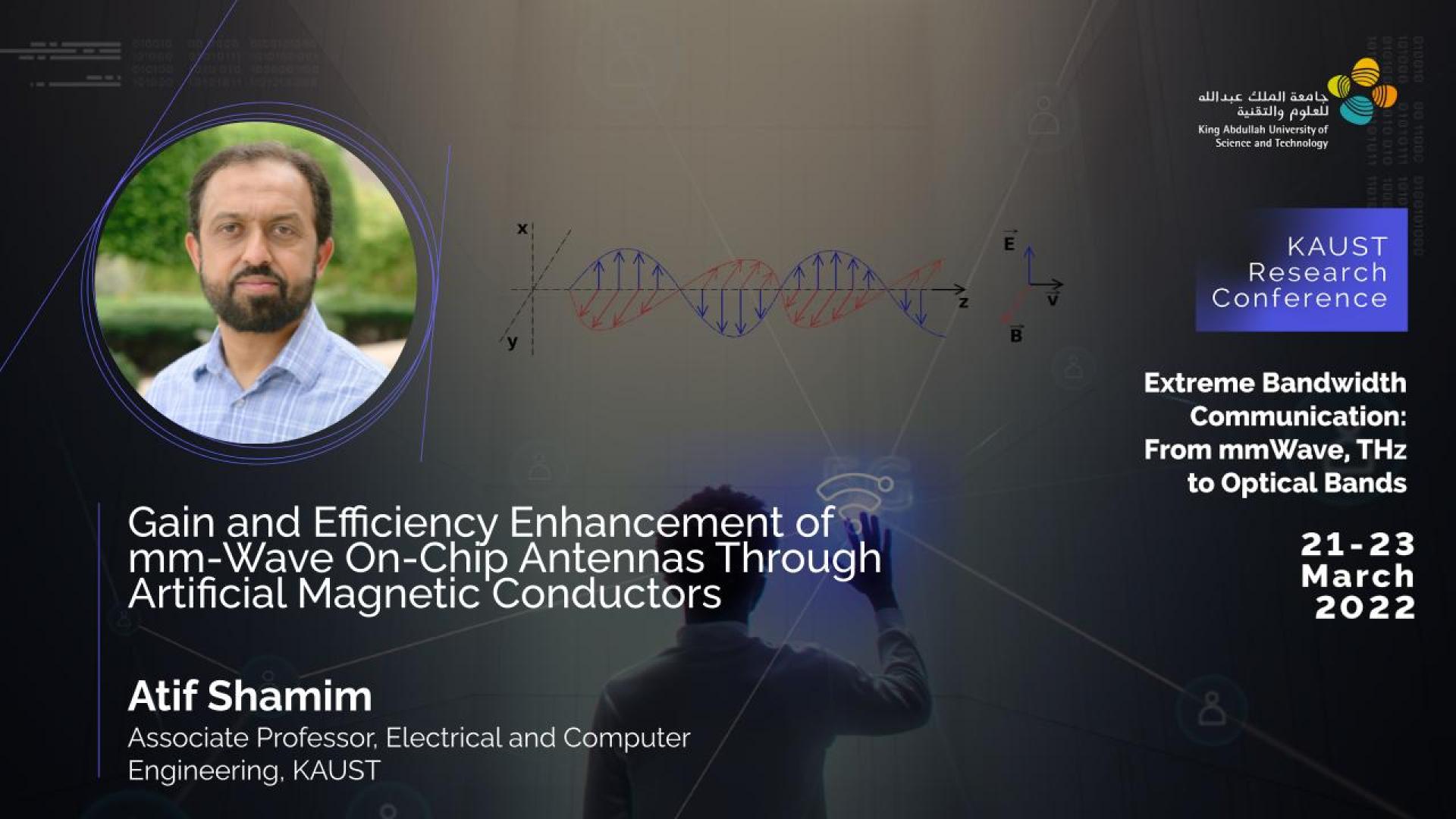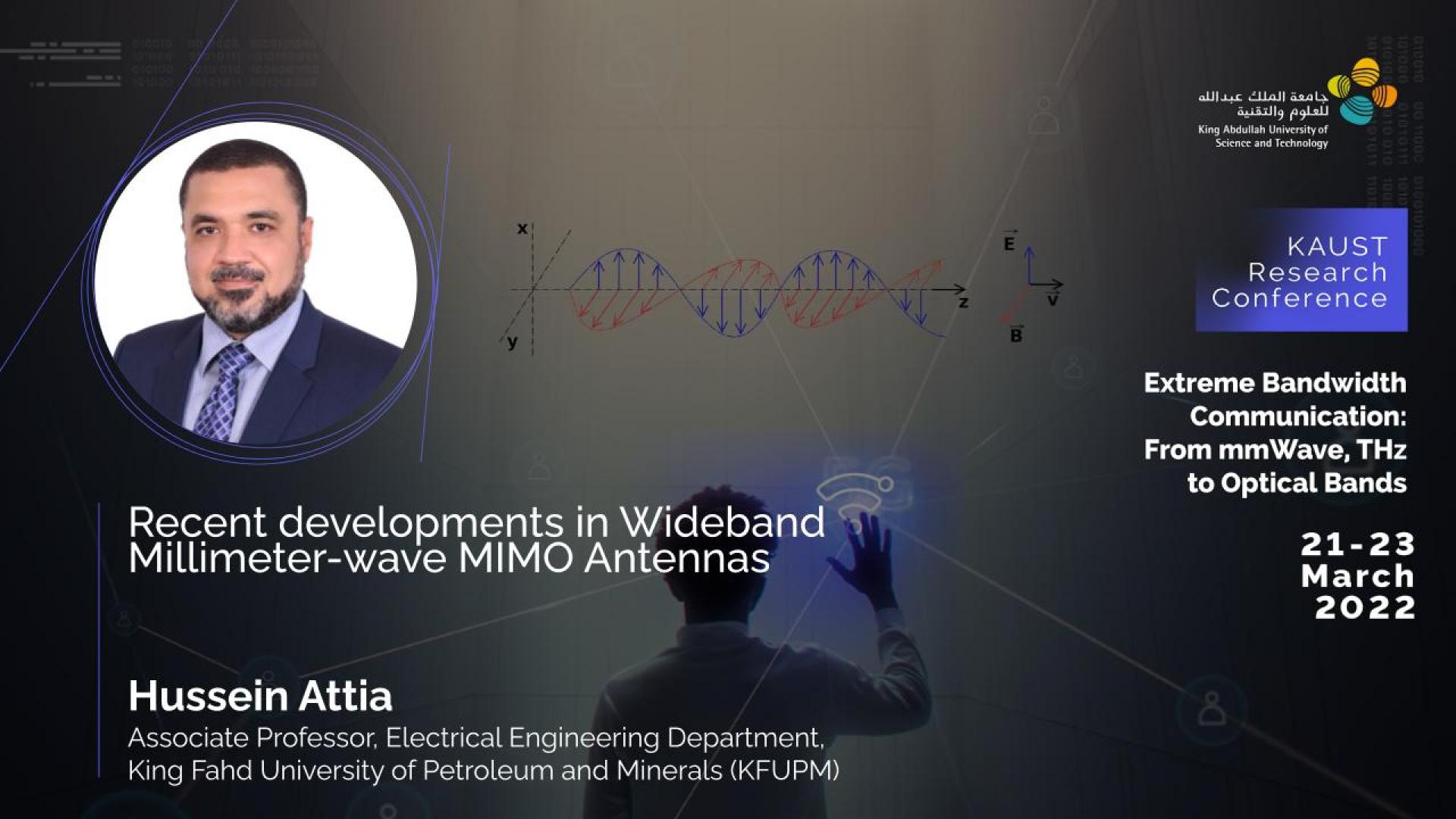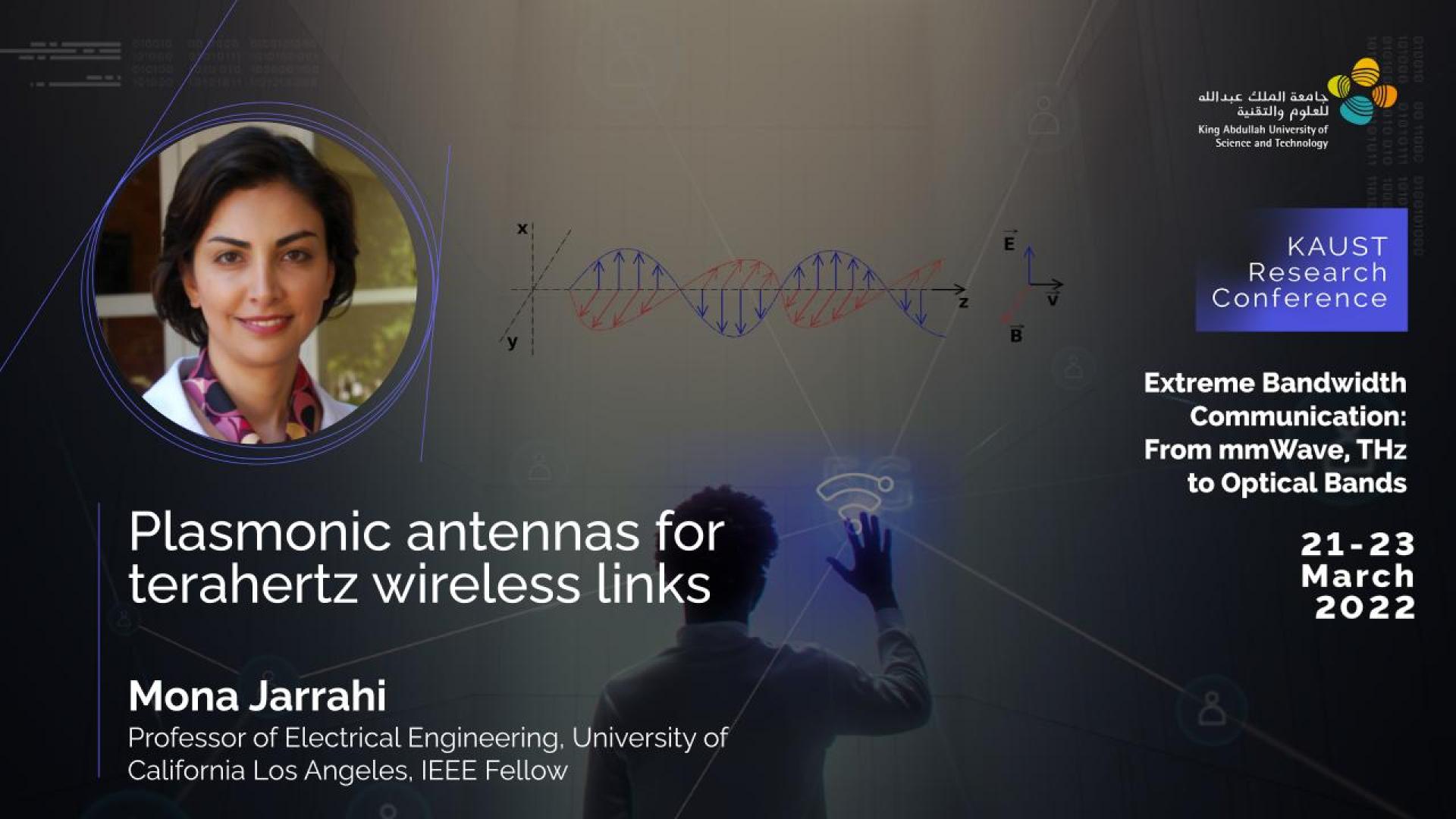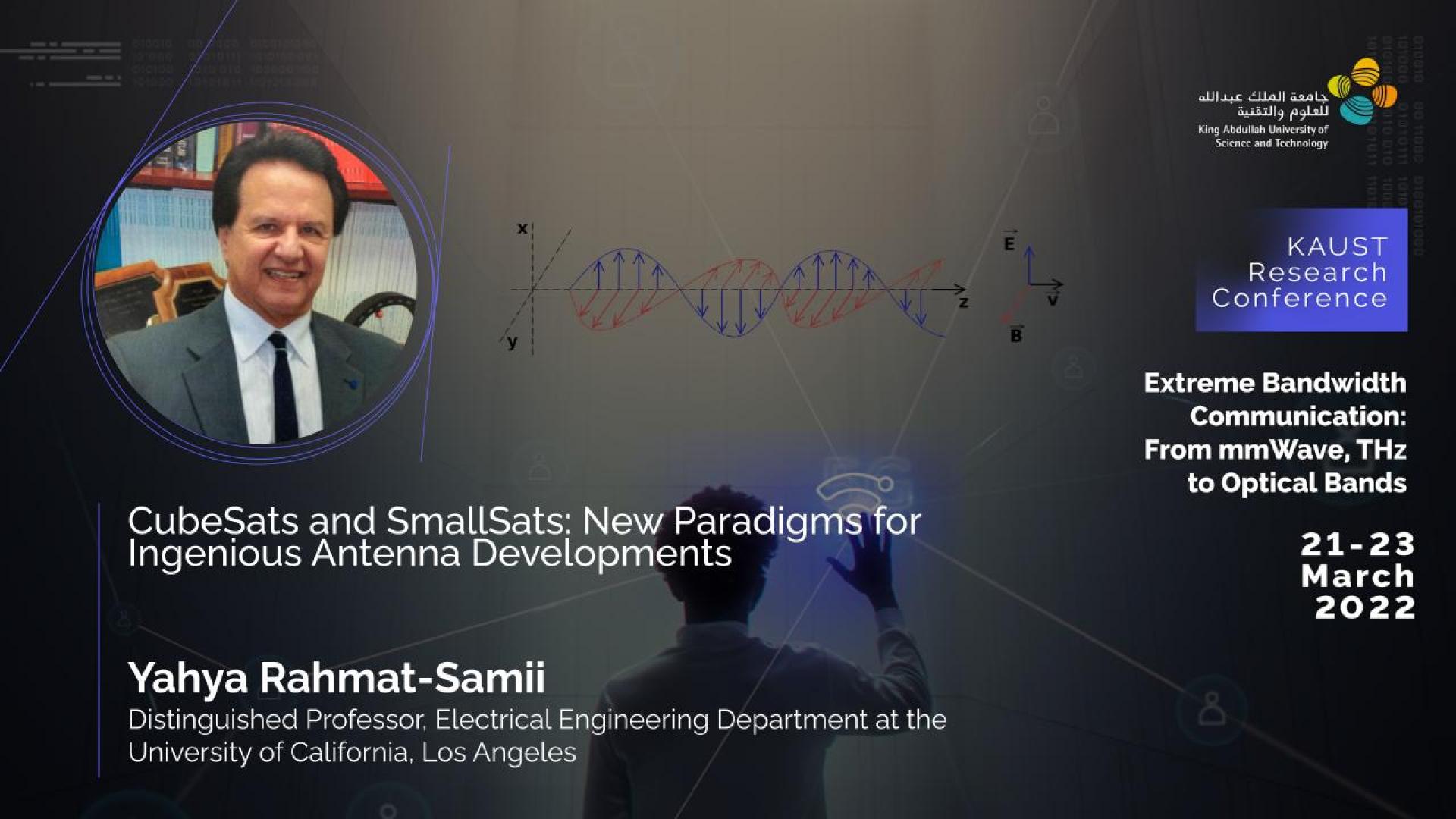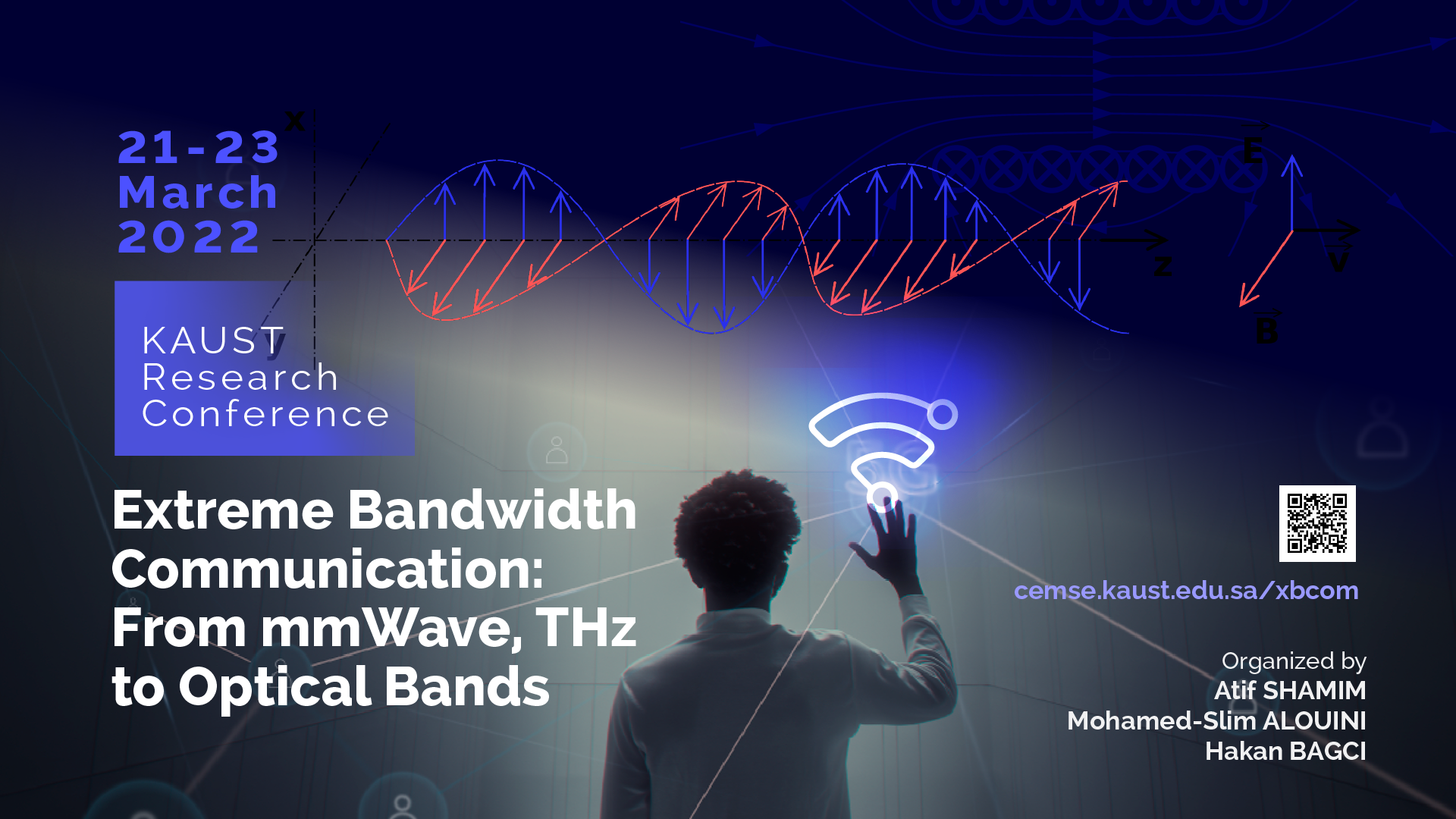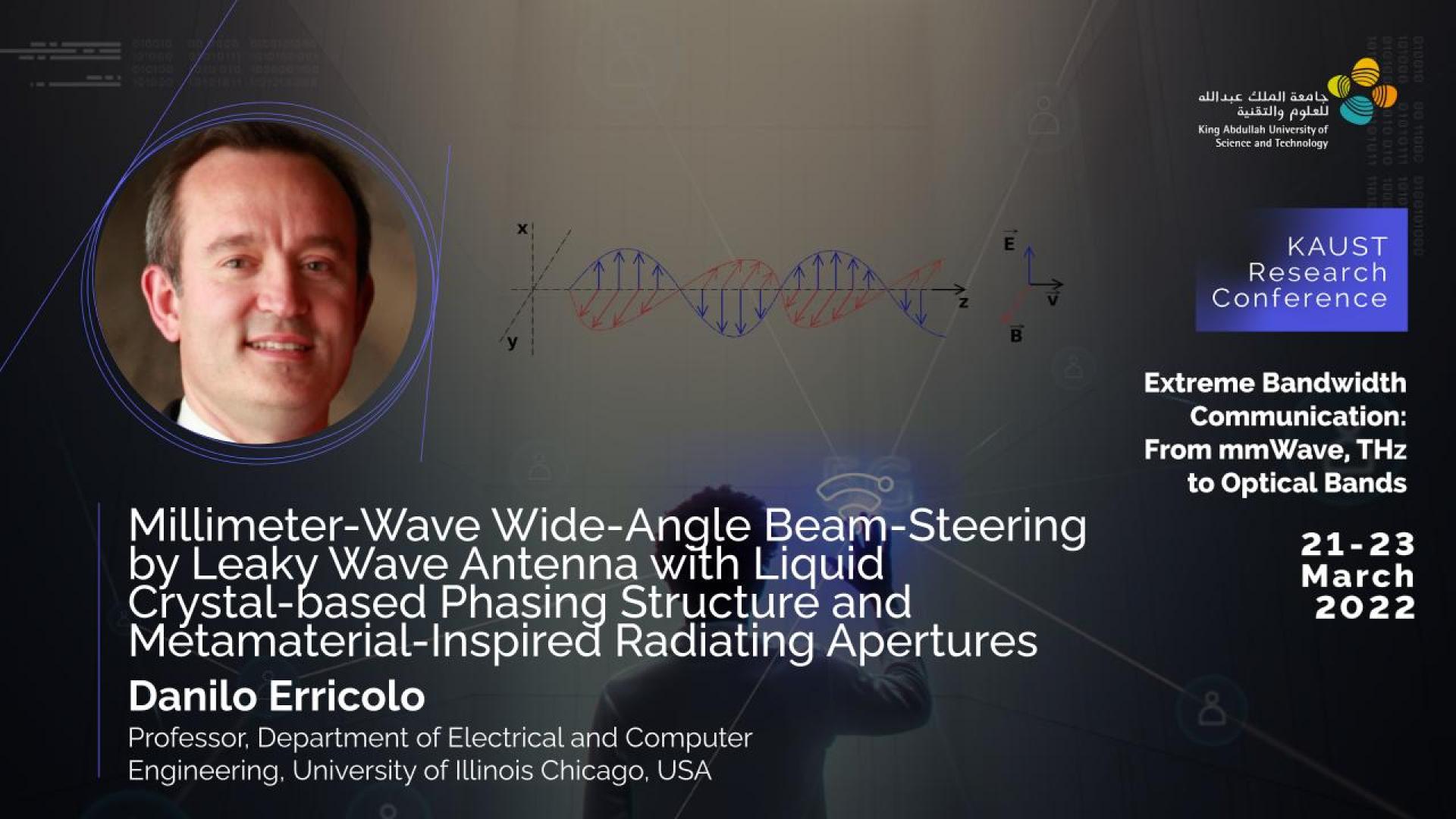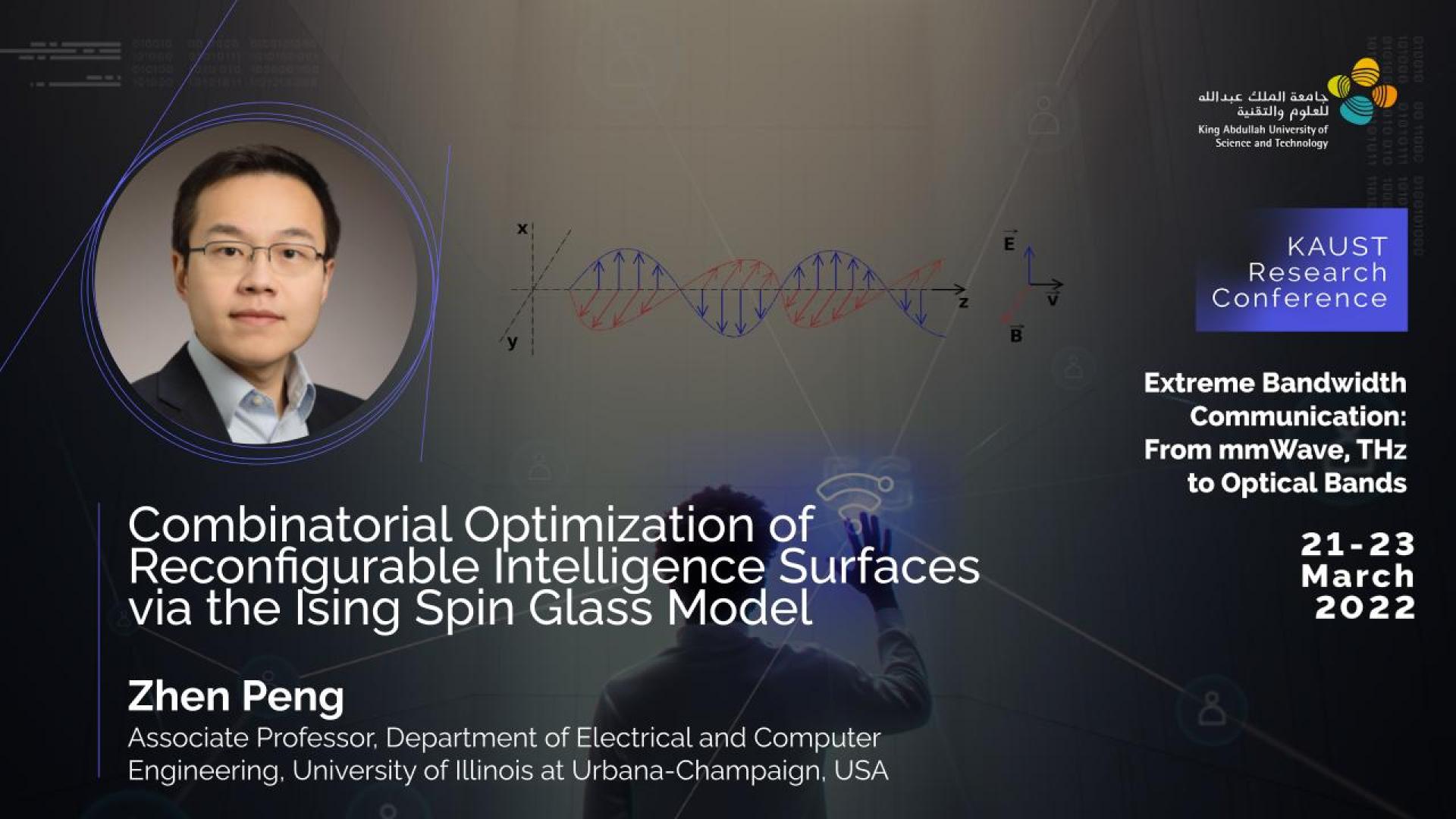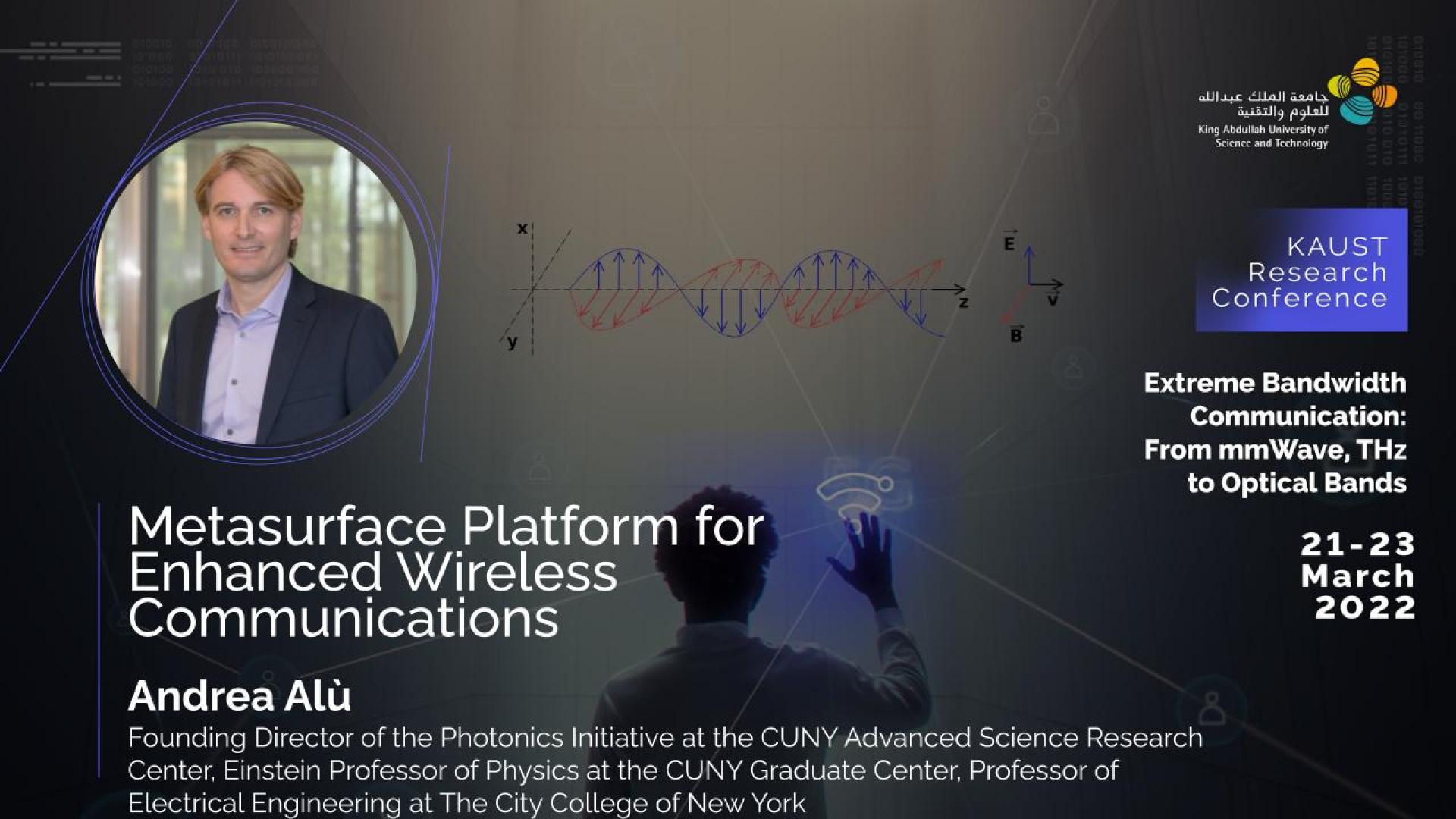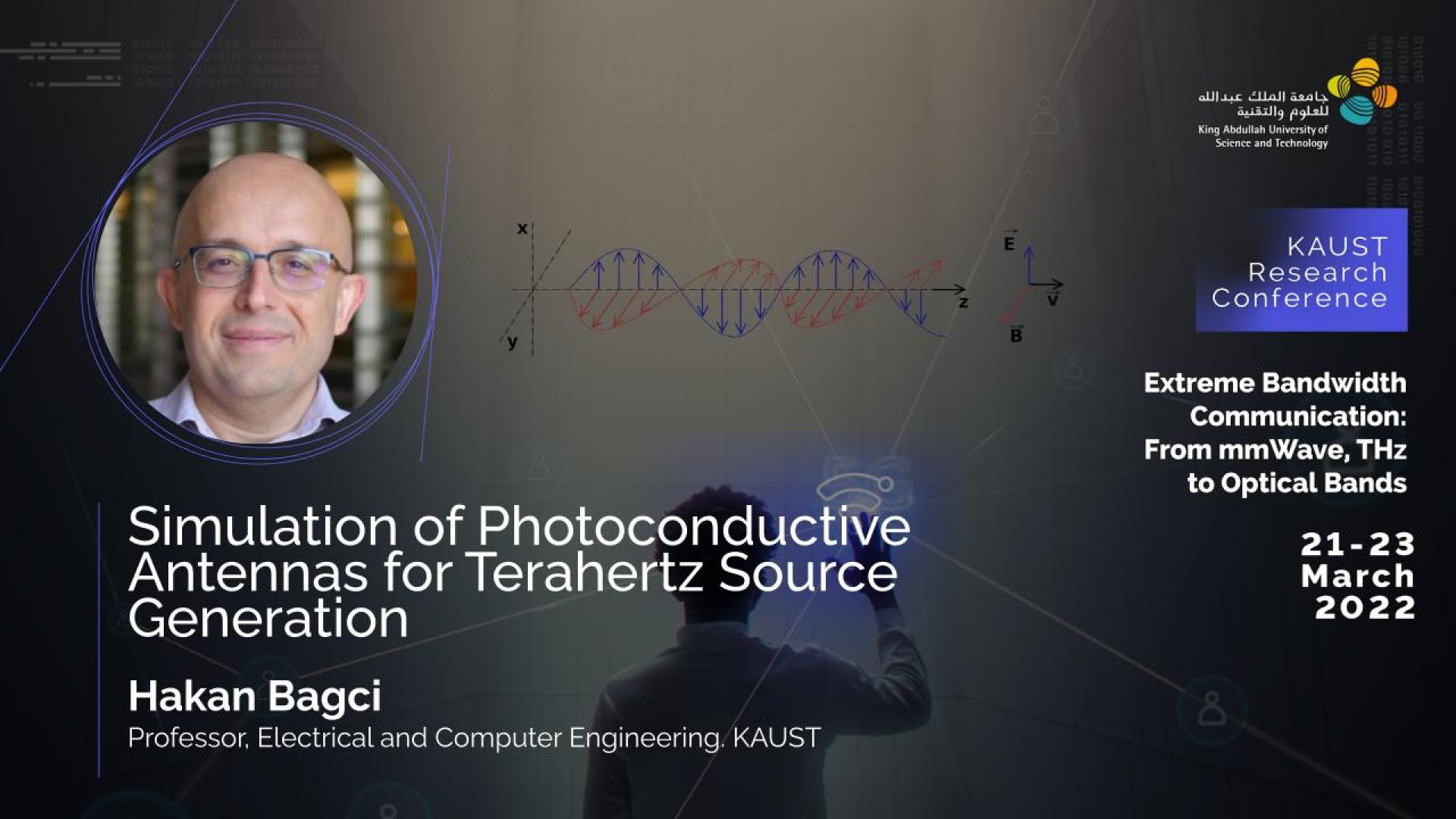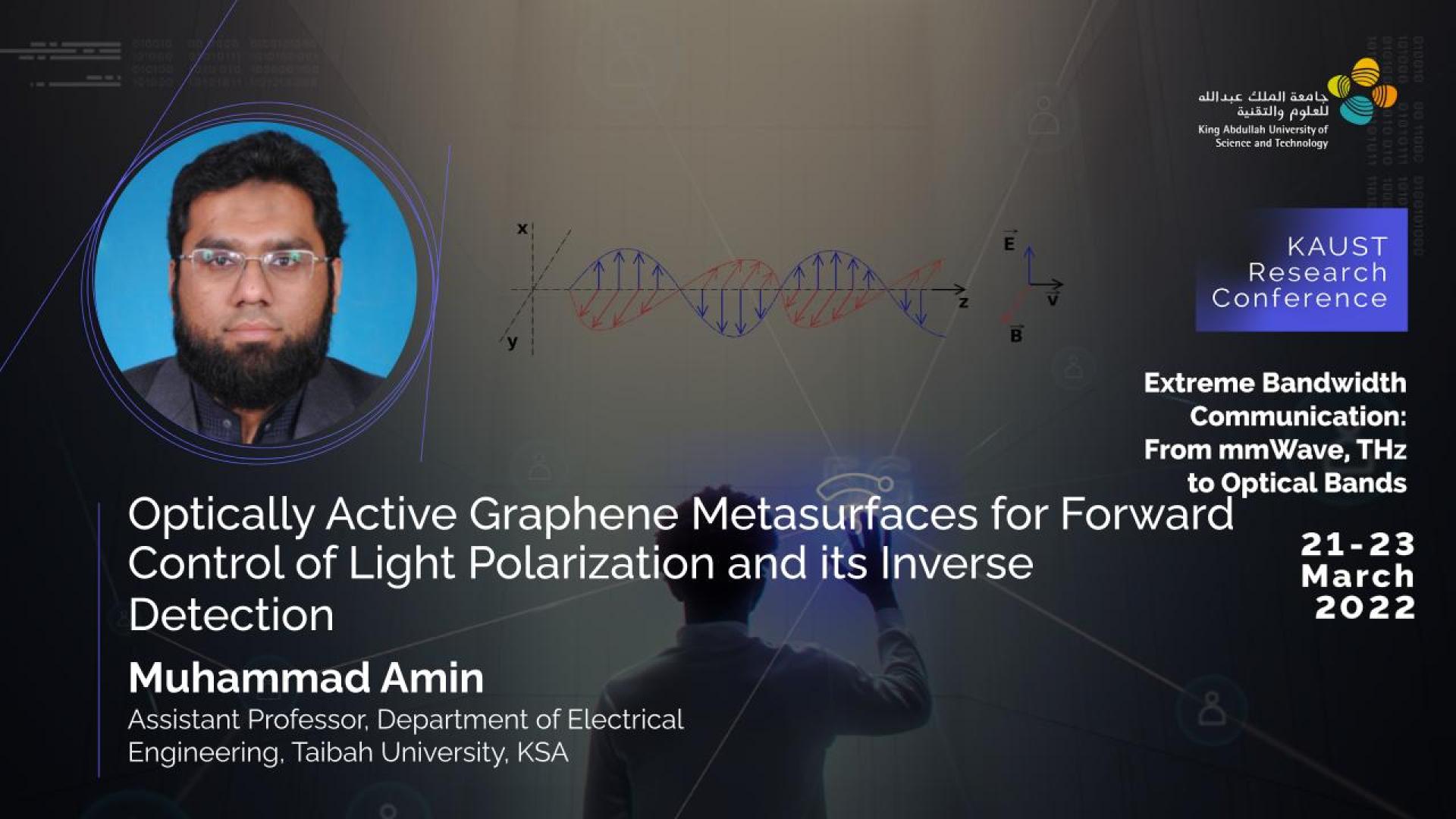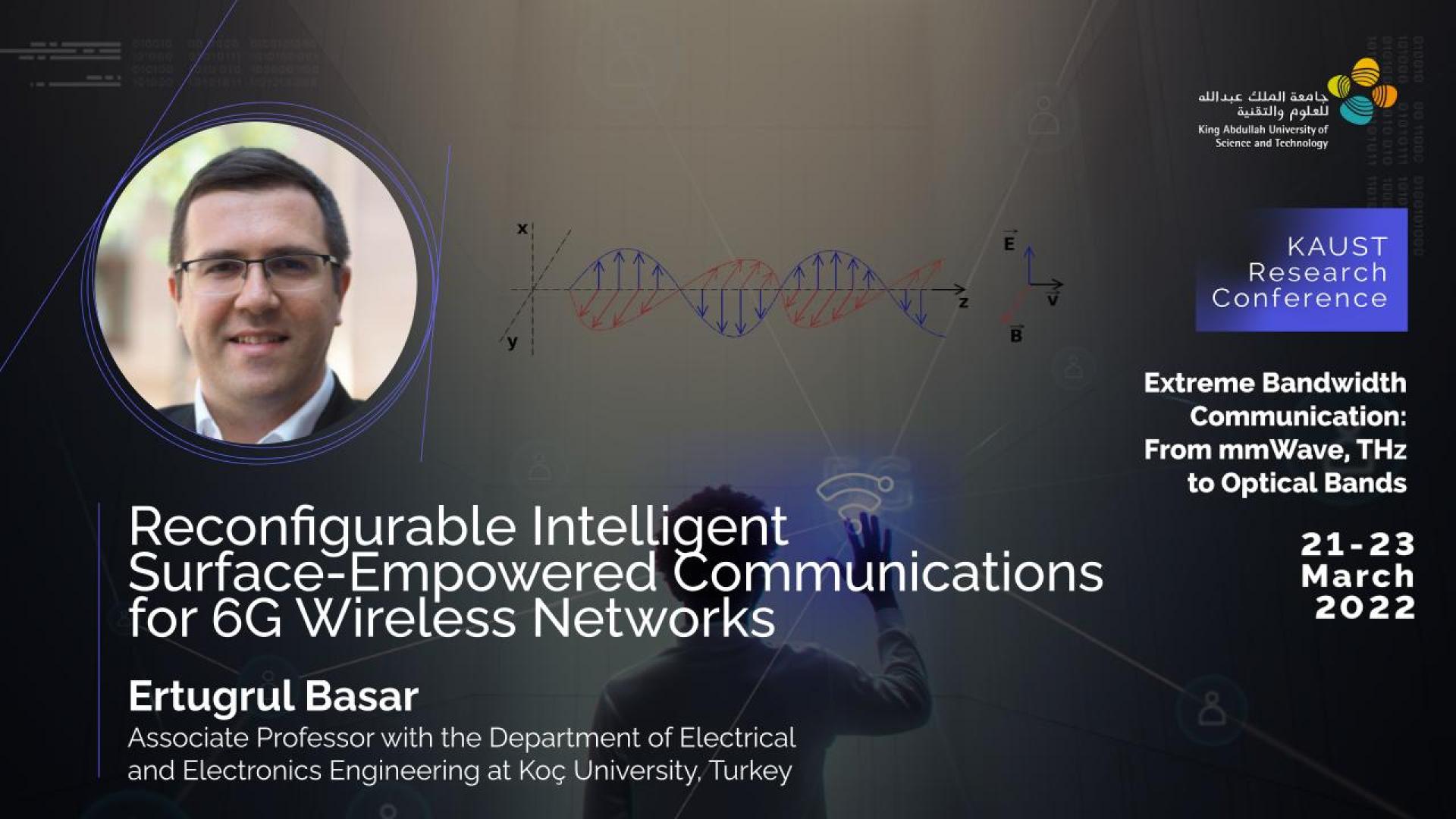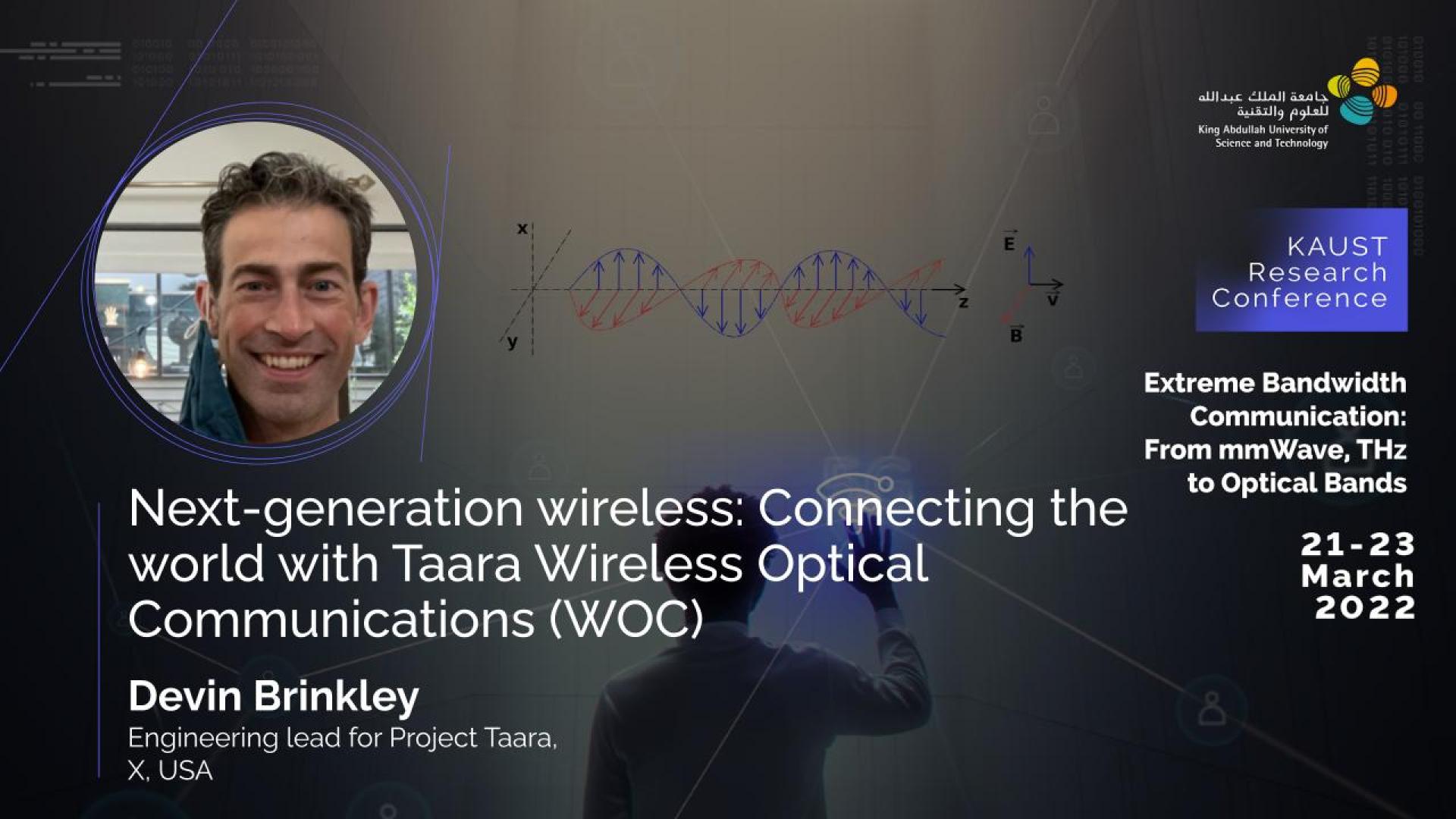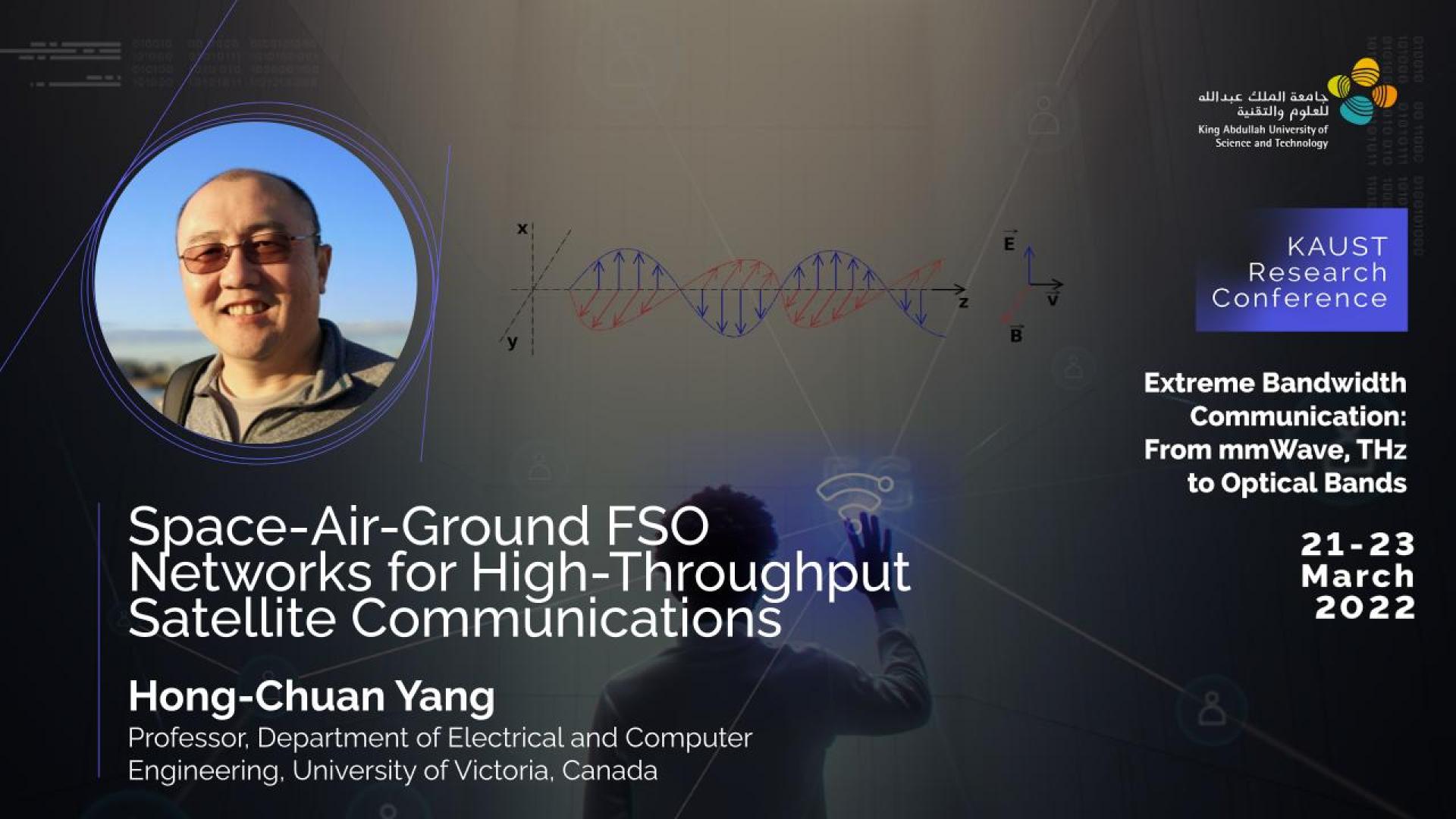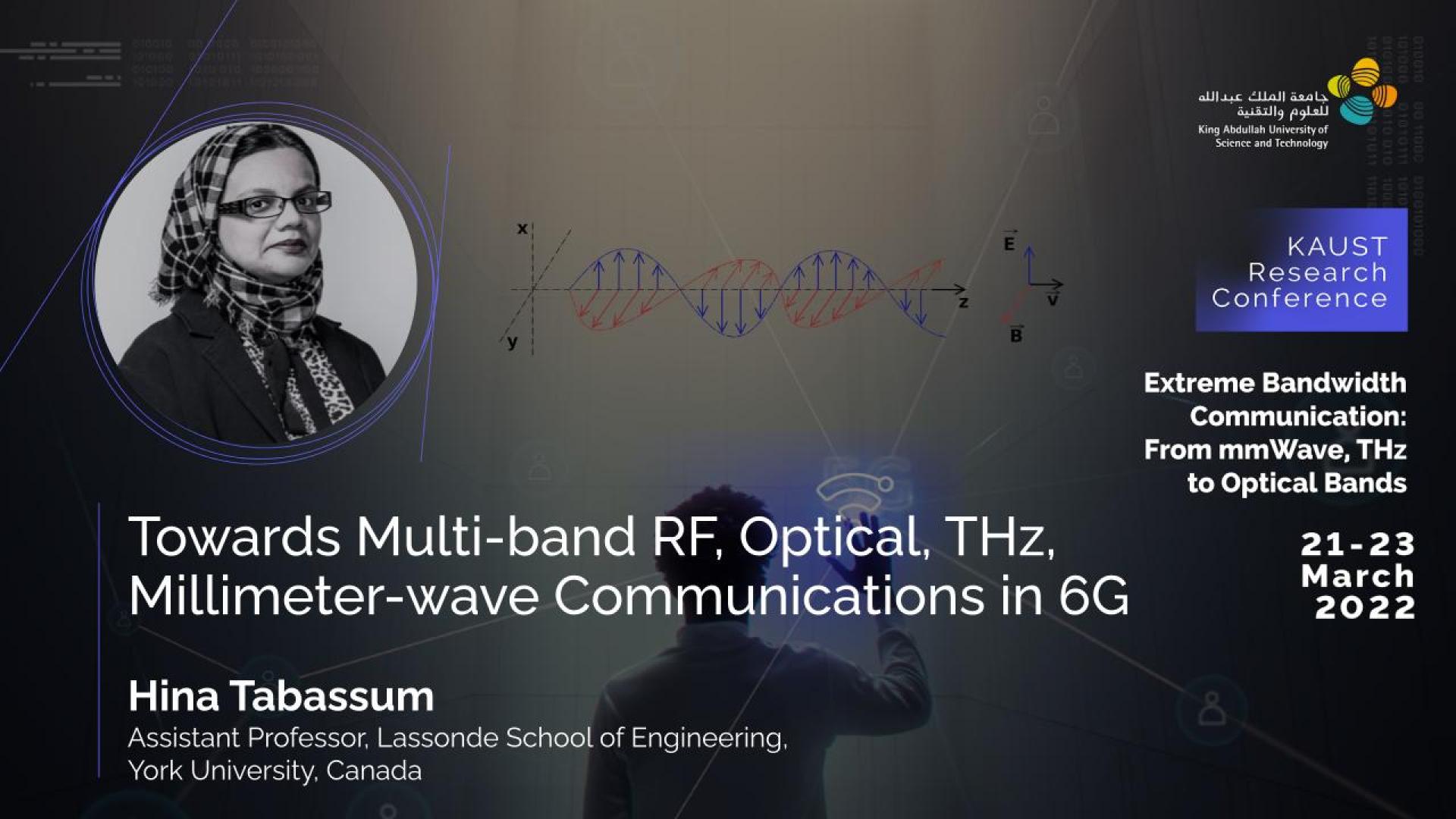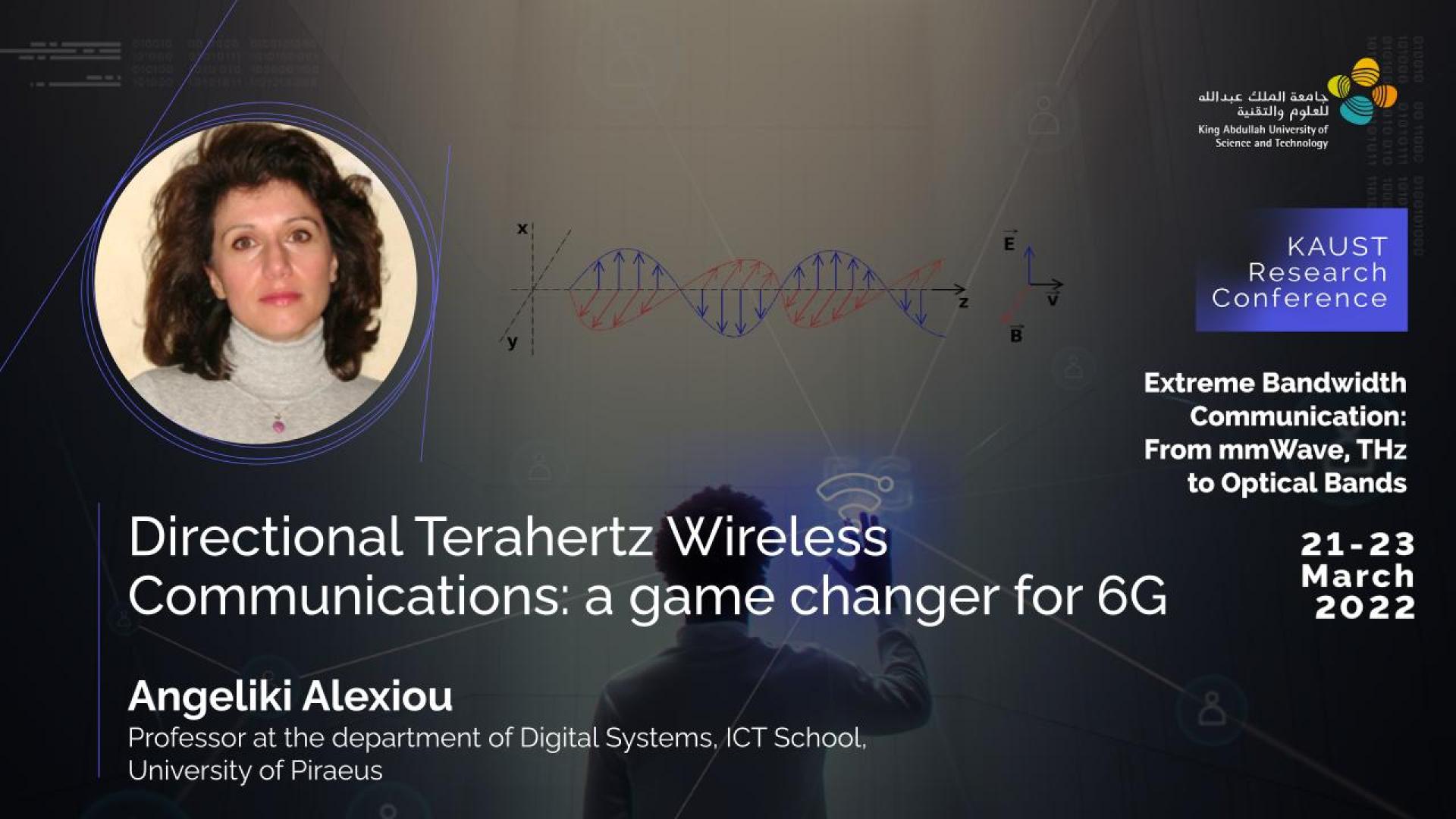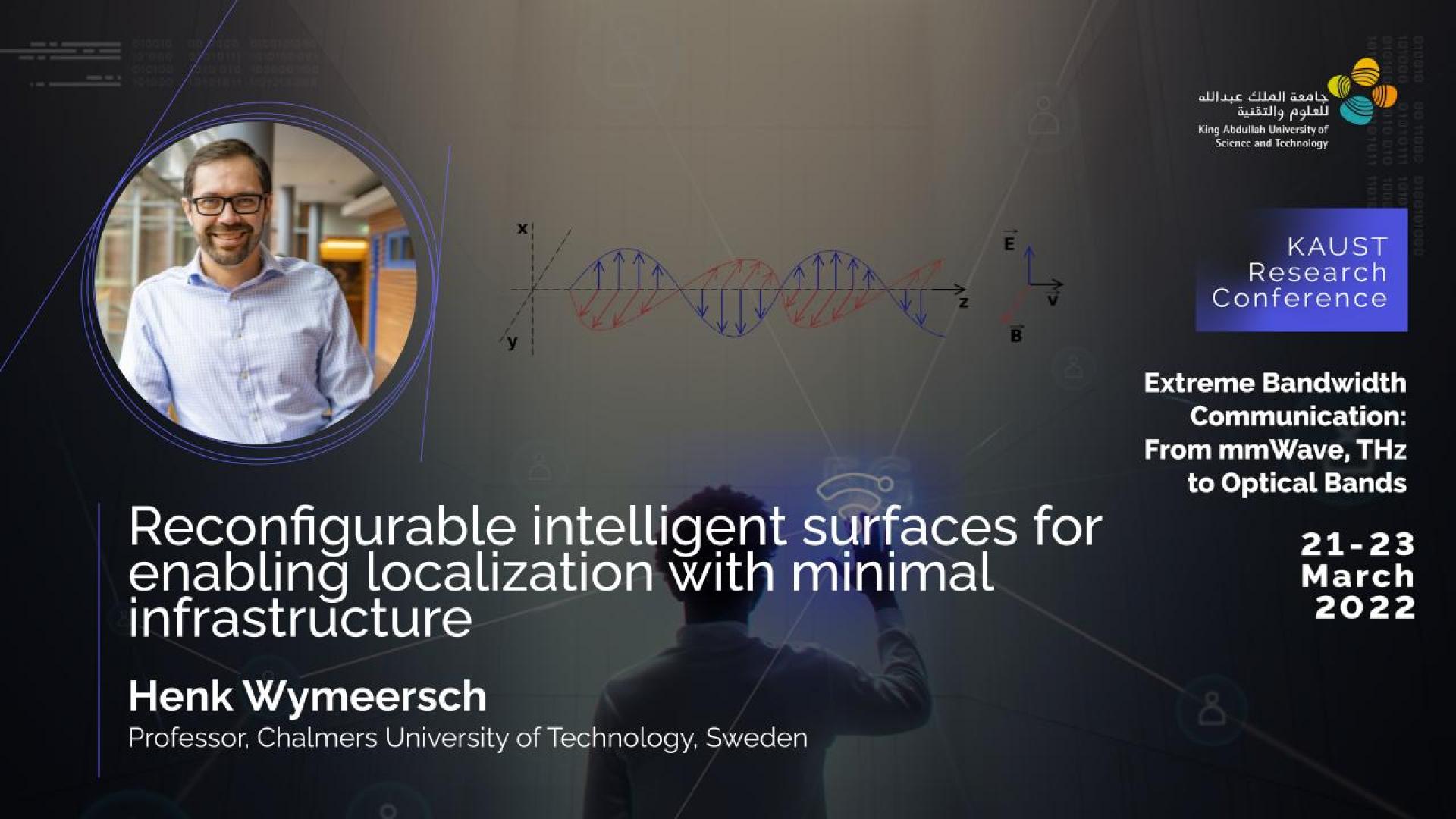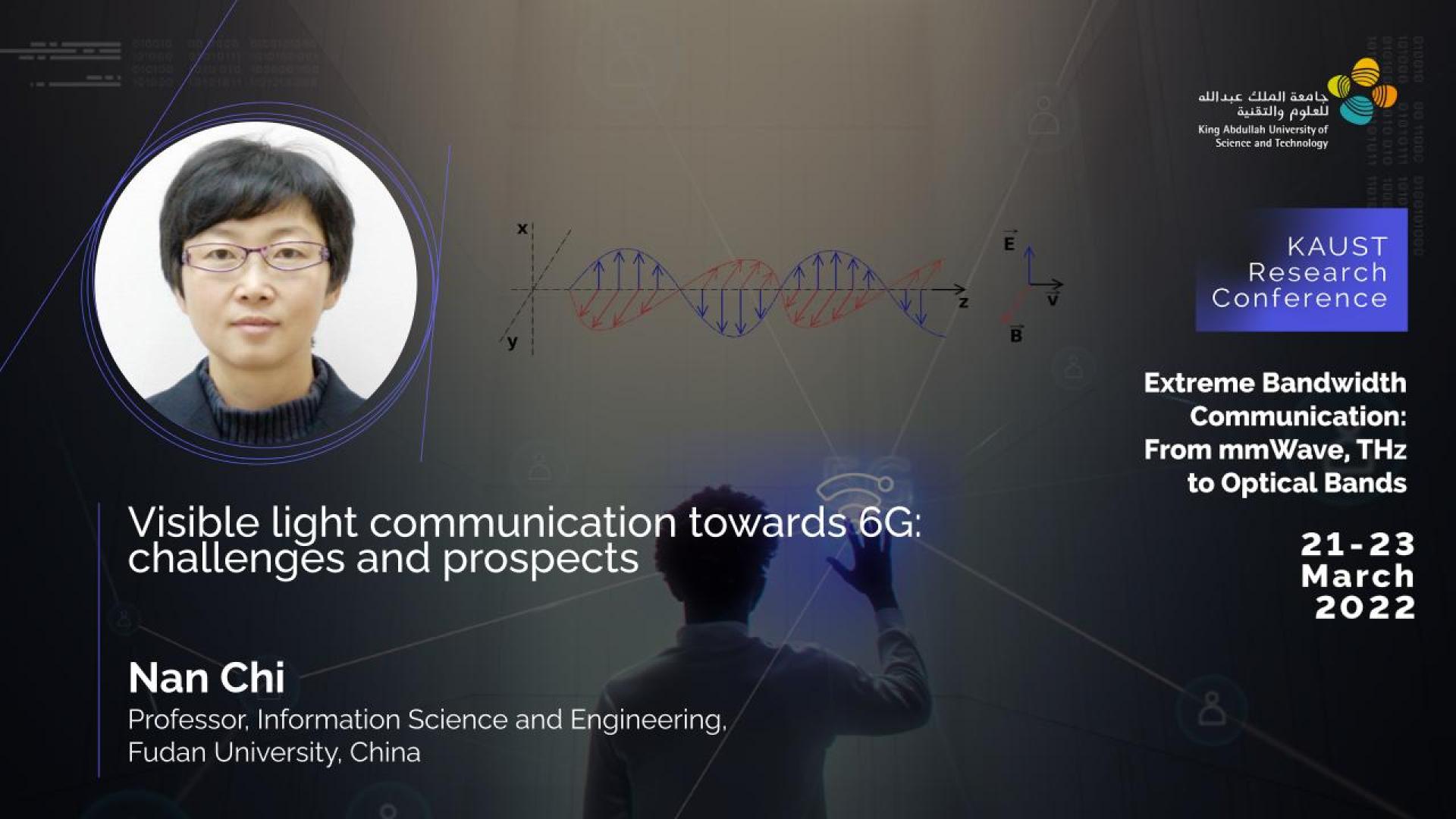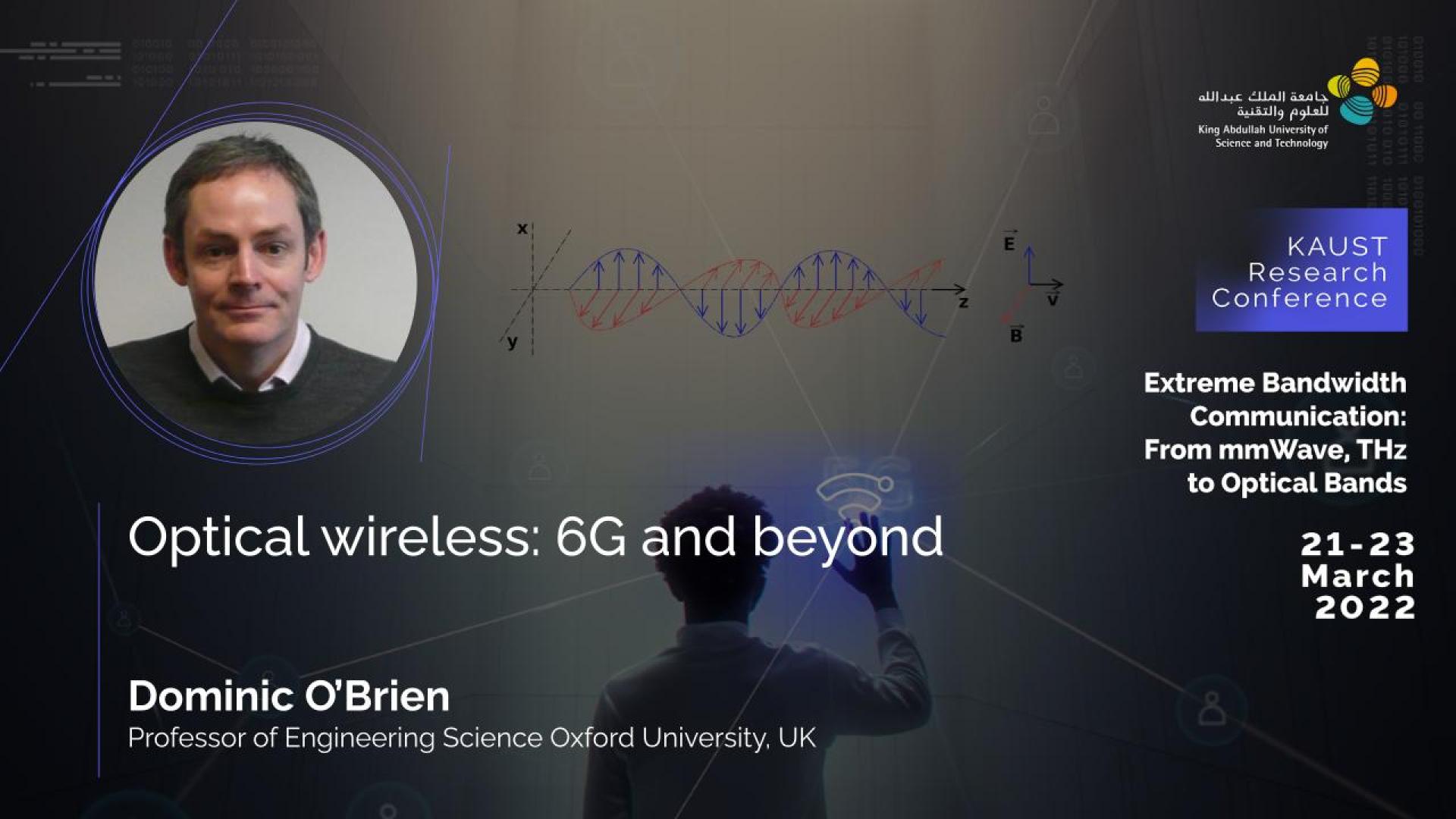Contact Person
Abstract
100-300GHz wireless systems can provide very high data rates per signal beam, and,
Contact Person
Abstract
Future communication links (future 5G) will require higher data rates, multiple beams, an
Contact Person
Abstract
Recently, interest has increased for millimeter wave antennas due to the high demand for
Contact Person
Abstract
Many aspects of our lives are recently becoming more dependent on communications through
Contact Person
Abstract
The emerging applications at millimeter wave frequencies have helped to achieve true Syst
Contact Person
Abstract
Millimeter-wave wireless systems offer high data rate, low latency, improved spectral eff
Contact Person
Abstract
This talk describes how plasmonic antennas offer high radiation powers and detection sens
Contact Person
Contact Person
Poster Session
Contact Person
Abstract
An original liquid crystal (LC)-based substrate integrated waveguide (SIW) leaky-wave ant
Contact Person
Abstract
The reconfigurable intelligent surface (RIS) based on discrete meta-surfaces with tunable
Contact Person
Abstract
In this talk we review our recent progress on the opportunities enabled by metamaterials
Contact Person
Abstract
Signaling analysis of nonlinear channels is challenging because it cannot rely on linear
Contact Person
Abstract
Terahertz (THz) frequency electromagnetic fields have numerous applications ranging from
Contact Person
Abstract
The topic of the presentation is a technique based on integral equations, the periodic Gr
Contact Person
Contact Person
Abstract
Signal processing and communication communities have witnessed the rise of many exciting
Contact Person
Contact Person
Abstract
The next generation of satellite communication systems aims to achieve a throughput of Te
Contact Person
Contact Person
Abstract
The exploitation of the THz band is expected to catalyze 6G systems, as a “virtual fiber”
Contact Person
Abstract
Reconfigurable intelligent surfaces (RISs) have been studied extensively to improve commu
